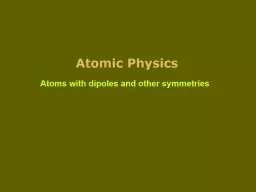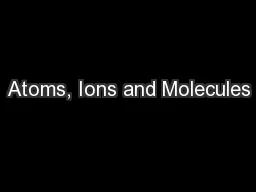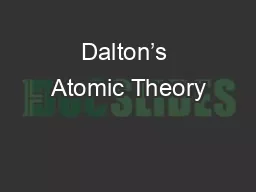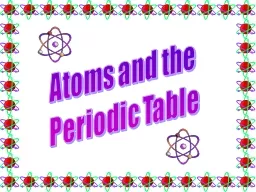PPT-Atomic Physics Atoms with dipoles and other symmetries
Author : olivia-moreira | Published Date : 2018-10-04
Games and surfaces complete article on website Examples of collision excitation symmetries In the examples Consider the cross sections σ for different magnetic
Presentation Embed Code
Download Presentation
Download Presentation The PPT/PDF document "Atomic Physics Atoms with dipoles and ot..." is the property of its rightful owner. Permission is granted to download and print the materials on this website for personal, non-commercial use only, and to display it on your personal computer provided you do not modify the materials and that you retain all copyright notices contained in the materials. By downloading content from our website, you accept the terms of this agreement.
Atomic Physics Atoms with dipoles and other symmetries: Transcript
Download Rules Of Document
"Atomic Physics Atoms with dipoles and other symmetries"The content belongs to its owner. You may download and print it for personal use, without modification, and keep all copyright notices. By downloading, you agree to these terms.
Related Documents














